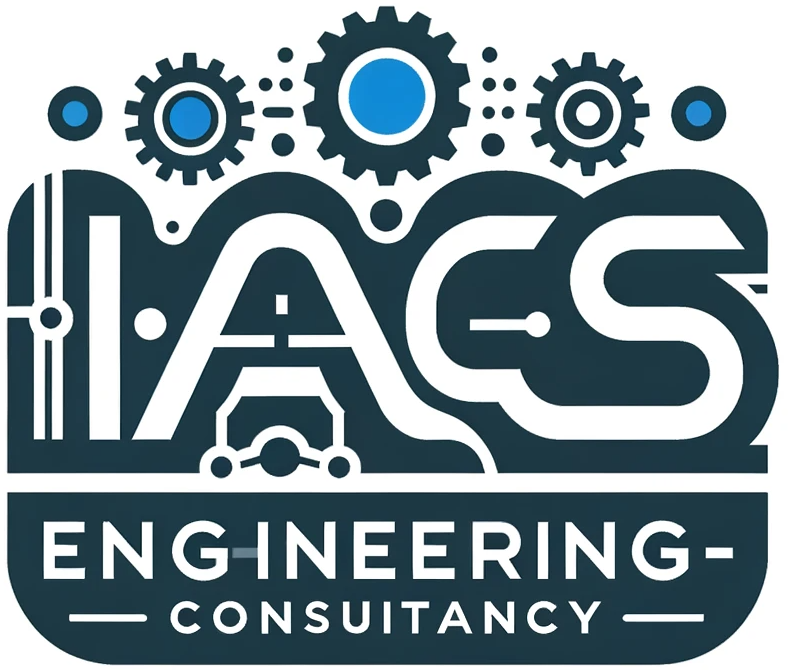Extending ERP-MES integration using B2MML/XML to Control Systems brings real-time visibility, automation, and process optimization across all levels of manufacturing. By leveraging middleware (OPC UA, MQTT), APIs, and IoT integration, manufacturers can achieve a fully connected end-to-end digital factory with seamless enterprise-to-shop-floor data flow.
Based on our experience, we briefly explain how to establish seamless integration between ERP, MES, and control systems (SCADA/PLC) using B2MML/XML schemas aligned with ISA-95 (IEC/ISO 62264). By following the below-mentioned structured approach, organizations achieve a unified digital manufacturing ecosystem, aligning with global standards and enabling real-time decision-making.
1. Core Concepts
ISA-95 Framework
- Hierarchy: Defines four automation levels:
- Level 4 (ERP): Business planning (e.g., SAP, Oracle).
- Level 3 (MES): Execution management (e.g., production scheduling, quality control).
- Level 2 (SCADA): Supervisory control.
- Level 1 (PLC): Real-time machine control.
- Scope: Focuses on data exchange between ERP and MES (Levels 3–4) but can extend to SCADA/PLC via middleware.
B2MML (Business To Manufacturing Markup Language)
- Definition: XML implementation of ISA-95 for structured data exchange.
- Key Schemas:
ProductionSchedule.xsd: Production orders from ERP to MES.MaterialLot.xsd: Material tracking.Equipment.xsd: Equipment status updates.
- Data Flow:
- ERP → MES: Sends production orders (e.g.,
<ProductionRequest>). - MES → ERP: Returns performance data (e.g.,
<ProductionPerformance>).
- ERP → MES: Sends production orders (e.g.,
2. Integration Workflow
Step 1: Align with ISA-95 and B2MML
- Map ERP/MES Data: Identify key objects (e.g.,
Production Orders,Equipment Status). - Define Scope: Decide between real-time or batch updates.
Step 2: Define Use Cases and Data Mapping
- Example Use Case:
- ERP sends a production order (
OrderID,ProductCode,Quantity). - MES maps to B2MML fields (e.g.,
ProductionRequest/ProductID).
- ERP sends a production order (
- Data Mapping Sheet: Document fields for maintainability.
Step 3: Plan Middleware/Integration Layer
- Tools: Apache Camel, MuleSoft, or custom REST/SOAP services.
- Workflow:CopyDownloadERP → (B2MML XML Generator) → Middleware → (B2MML Parser) → MES
- Real-Time vs. Batch: Use asynchronous messaging (e.g., Kafka) for real-time needs.
Step 4: Customize B2MML Schemas
- Extensions: Add custom fields (e.g.,
<CustomField>Batch123</CustomField>). - Version Control: Track changes in Git to avoid conflicts.
Step 5: Build ERP Interface
- Data Extraction: Use ERP APIs (SAP IDoc, Oracle REST) to avoid direct database access.
- XML Generation: Validate using tools like XMLSpy.
Step 6: Build MES Interface
- Parsing: Use DOM/SAX APIs to extract B2MML data (e.g.,
ProductionRequest/Quantity). - Integration: Map B2MML
EquipmentIDto MES tags via APIs (e.g., Siemens Opcenter).
Step 7: Test with Realistic Data
- Scenarios:
- Normal cases (valid XML orders).
- Edge cases (missing fields, large volumes).
- Tools: Postman for API testing, JMeter for load testing.
Step 8: Error Handling and Logging
- Retry Strategies: Exponential backoff for failed messages.
- Logging: Centralize logs using ELK Stack/Splunk.
Step 9: Security (ISA/IEC 62443)
- Encryption: Use HTTPS/TLS for data in transit.
- Access Control: Role-based permissions for ERP/MES endpoints.
Step 10: Deployment and Monitoring
- Phased Rollout: Start with pilot lines.
- KPIs: Track latency, error rates, and schema validation failures.
3. Extending Integration to Control Systems (SCADA/PLC)
Middleware Protocol Translation
- B2MML ↔ SCADA/PLC:
- ERP/MES → Control Systems:
- MES sends B2MML production order.
- Middleware (e.g., OPC UA Server) converts XML to PLC commands (e.g., Modbus registers).
- Control Systems → MES:
- PLCs send real-time data (e.g., temperature) to SCADA.
- Middleware packages data into B2MML
<ProductionPerformance>.
- ERP/MES → Control Systems:
Example: B2MML to PLC Command
- B2MML:xmlCopyDownloadRun<ProductionRequest> <ID>PR-2023-001</ID> <ProductID>Part_X</ProductID> <Quantity>100</Quantity> </ProductionRequest>
- Translation:
ProductID=Part_X→ Load CNC program “G-Code_X” on Machine 3.Quantity=100→ Set Modbus register 40001 to 100.
Edge Computing & IoT
- IoT devices (e.g., smart meters) feed real-time data into B2MML for MES/ERP analytics.
4. Compliance and Tools
- Standards:
- ISA-95 Part 2 (object models), Part 4 (operations).
- ISA/IEC 62443 (cybersecurity), FDA 21 CFR Part 11 (pharma).
- Tools:
- Validation: XMLSpy, Oxygen XML.
- Middleware: MuleSoft, Apache Camel.
- Monitoring: Grafana, Splunk.
5. Conclusion
The integration framework ensures:
- Interoperability: B2MML bridges ERP, MES, and control systems.
- Efficiency: Automated workflows reduce manual intervention.
- Scalability: Supports high-volume production environments.
- Security: Complies with industrial cybersecurity standards.
